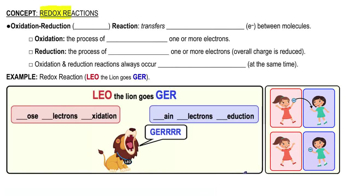Multiple Choice
A plot of reaction rate (velocity) against temperature for an enzyme indicates little activity at 10°C and 45°C, with peak activity at 35°C. The most reasonable explanation for the low velocity at 10°C is that __________.
1616
views







